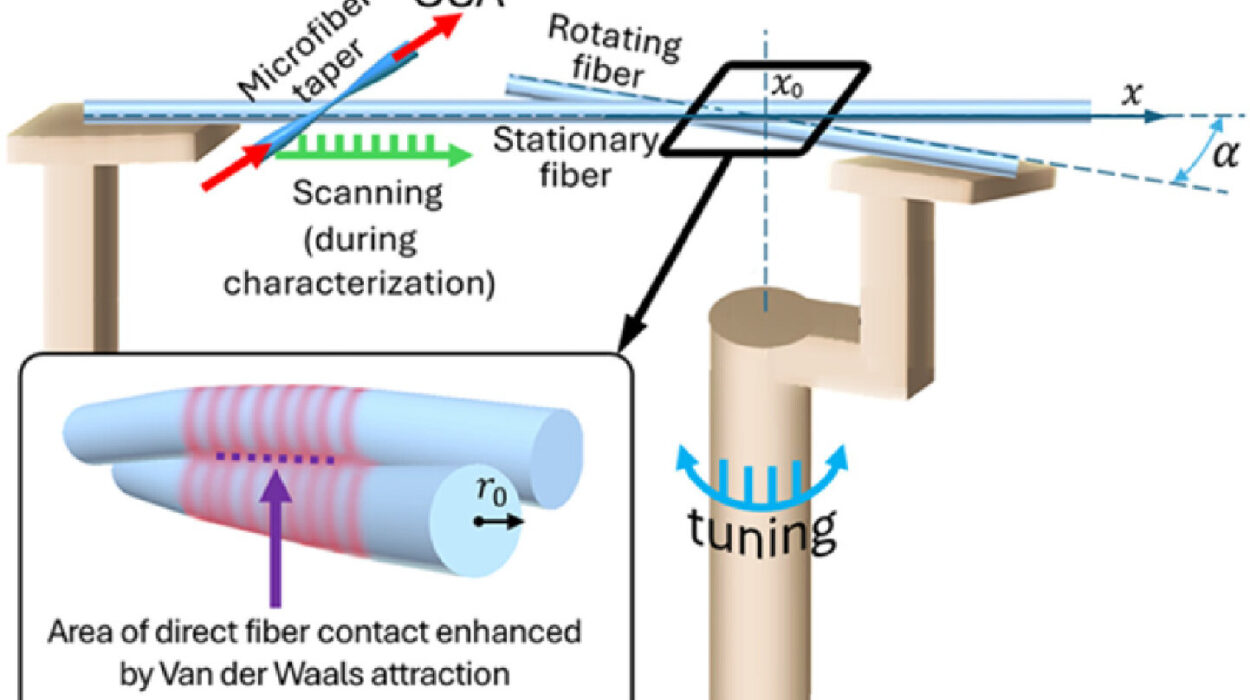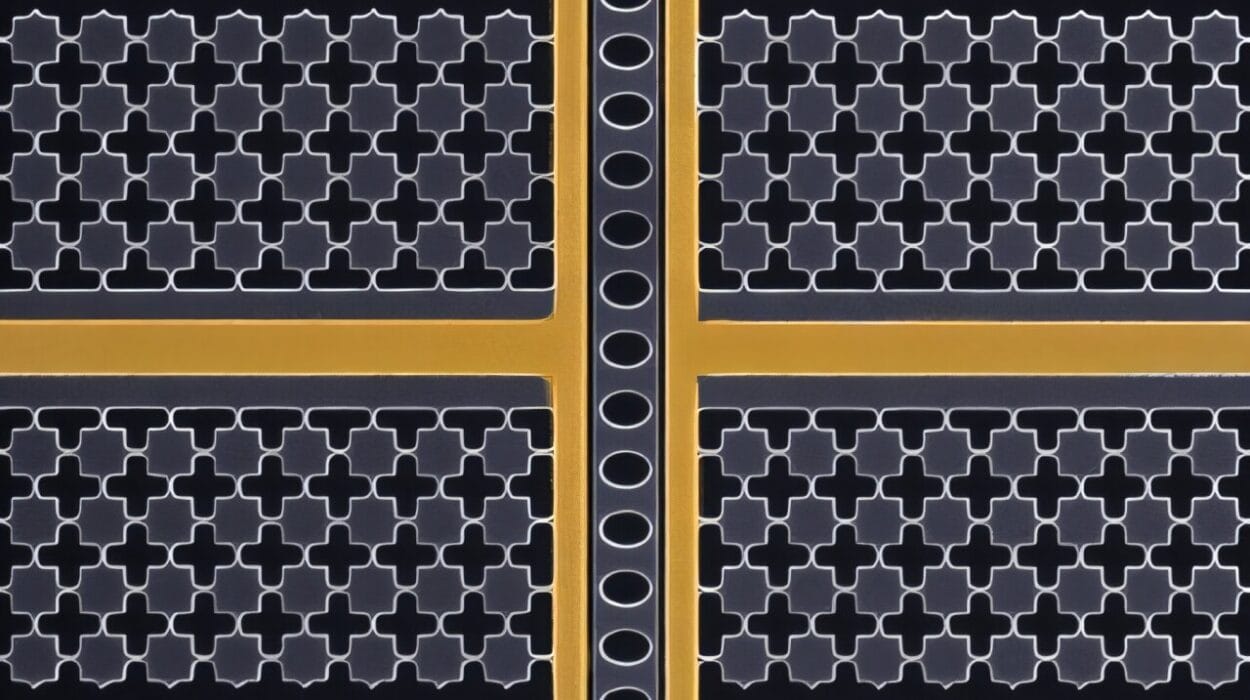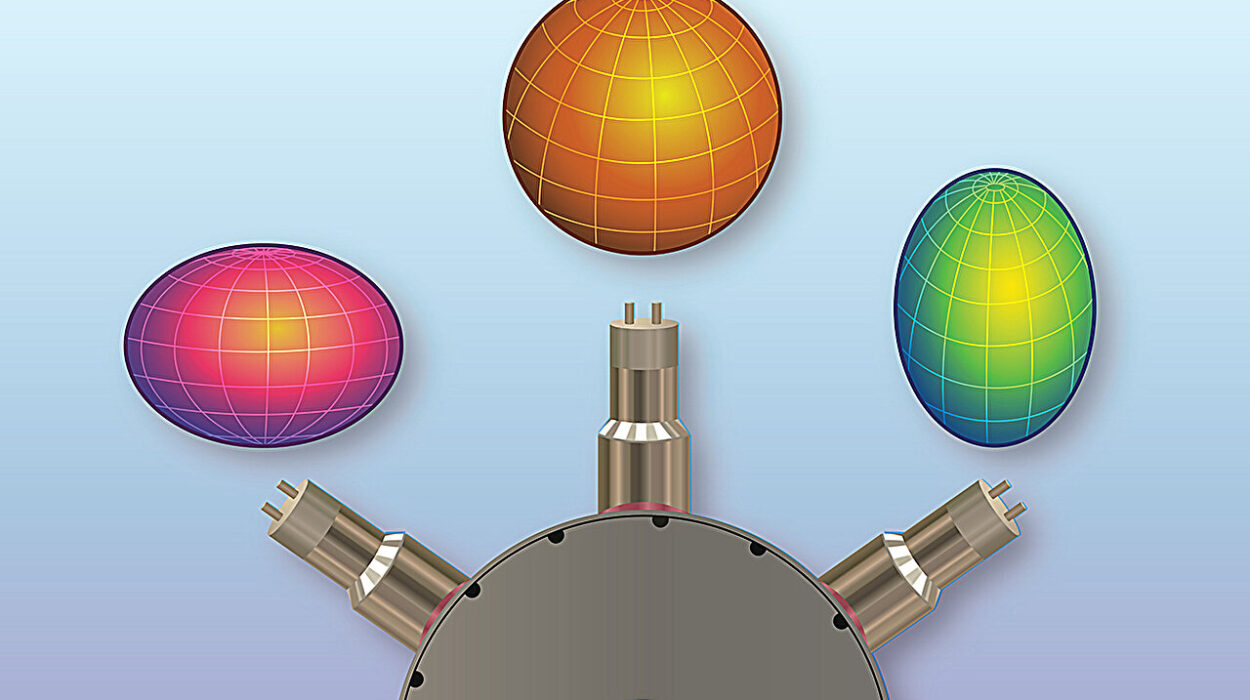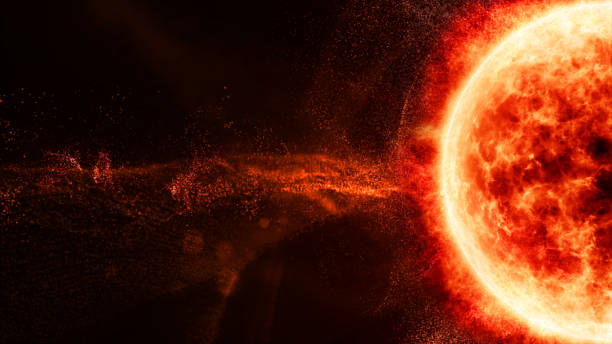Researchers from Skoltech have recently introduced a groundbreaking advancement in understanding the behavior of aggregating particles in fluids. This development is poised to significantly impact a wide array of natural phenomena and human-made processes, from rain and snow formation to the flow of powders and fluids in pipes, and even the emergence of planetary rings. Their work, published in Physical Review Letters, presents new mathematical equations that eliminate the need for cumbersome dual equations previously used in fluid aggregation models. These previous models often led to significant errors when applied to real-world scenarios, making the researchers’ new approach not only innovative but also more reliable.
The phenomenon of fluid aggregation, where particles come together to form larger clusters, is integral to many different processes. In nature, for example, the aggregation of water droplets forms rain, and ice microcrystals combine to create snow. In space, the particles that orbit massive planets can aggregate over time to form rings, such as those around Saturn. These aggregation processes occur in a variety of contexts, influencing everything from weather patterns on Earth to the formation of celestial bodies in the universe.
In human-engineered systems, fluid aggregation plays a role in numerous technologies. For instance, it affects the behavior of aerosol sprays used in painting, the transport of powders in industrial settings, and even controlled explosions. In all these cases, a precise understanding of how particles aggregate within a fluid is essential for optimizing these processes, enhancing safety, and improving efficiency.
To achieve this understanding, scientists and engineers must rely on accurate mathematical models that describe the behavior of aggregating particles. In the early 20th century, Polish physicist Marian Smoluchowski developed a set of equations that provided the foundation for understanding these aggregation processes. His work outlined how particles aggregate based on the number of existing aggregates, their sizes, and how quickly they combine, known as the aggregation rates or kinetic coefficients.
However, Smoluchowski’s equations were based on the assumption of a uniform system, meaning they didn’t account for variations in space or fluid flow, which are common in real-world scenarios. For more practical applications, these equations had to be combined with the Euler equations or the more general Navier-Stokes equations. These two sets of equations, which describe the motion of fluids, were developed in the 18th and 19th centuries and have been widely used to model fluid dynamics. Unfortunately, merging these equations with Smoluchowski’s proved difficult, as the resulting hybrid models were often inaccurate, sometimes leading to errors that were too large for reliable predictions.
In response to this problem, Skoltech researchers Alexander Osinsky and Professor Nikolay Brilliantov proposed a new approach in their recent paper. Rather than trying to merge the existing models, they introduced a mathematically rigorous derivation of entirely new hydrodynamic equations. These new equations, which they derived from first principles, offer a more accurate way to describe the behavior of aggregating particles in fluids.
The most surprising aspect of their new model is the set of unfamiliar coefficients they introduced. These coefficients, which are a combination of both reaction-rate and transport coefficients, are not seen in the traditional Navier-Stokes equations. According to Brilliantov, these new coefficients are as essential for understanding fluid aggregation as viscosity and thermal conductivity are for conventional fluids. They represent a fundamental shift in how aggregation in fluids can be modeled and understood.
Through extensive computer simulations, Osinsky and Brilliantov demonstrated the effectiveness of their new Smoluchowski-Euler hydrodynamic equations. Their simulations confirmed that the new equations were both accurate and relevant for studying aggregation processes in various important technological contexts. These include air pollution caused by solid particles, the rapid flow of granular materials, and applications in powder technology. Additionally, the new model holds promise for use in fields like aerospace engineering, where understanding the behavior of fluids is crucial for the design of aircraft and automobiles.
The implications of this research are vast. By providing a more precise model for fluid aggregation, these new equations can improve the accuracy of predictions in several critical areas, including environmental science and engineering. For example, they could enhance the modeling of air pollution, particularly the movement and interaction of solid particles in the atmosphere. Similarly, in industries where powders and granular materials are used, such as pharmaceuticals, food processing, and manufacturing, the new equations could lead to more efficient and controlled processes. Even in fields as diverse as aerospace and automotive engineering, better models of fluid aggregation could improve the design and functionality of vehicles.
Reference: A. I. Osinsky et al, Hydrodynamic Equations for Space-Inhomogeneous Aggregating Fluids with First-Principle Kinetic Coefficients, Physical Review Letters (2024). DOI: 10.1103/PhysRevLett.133.217201






